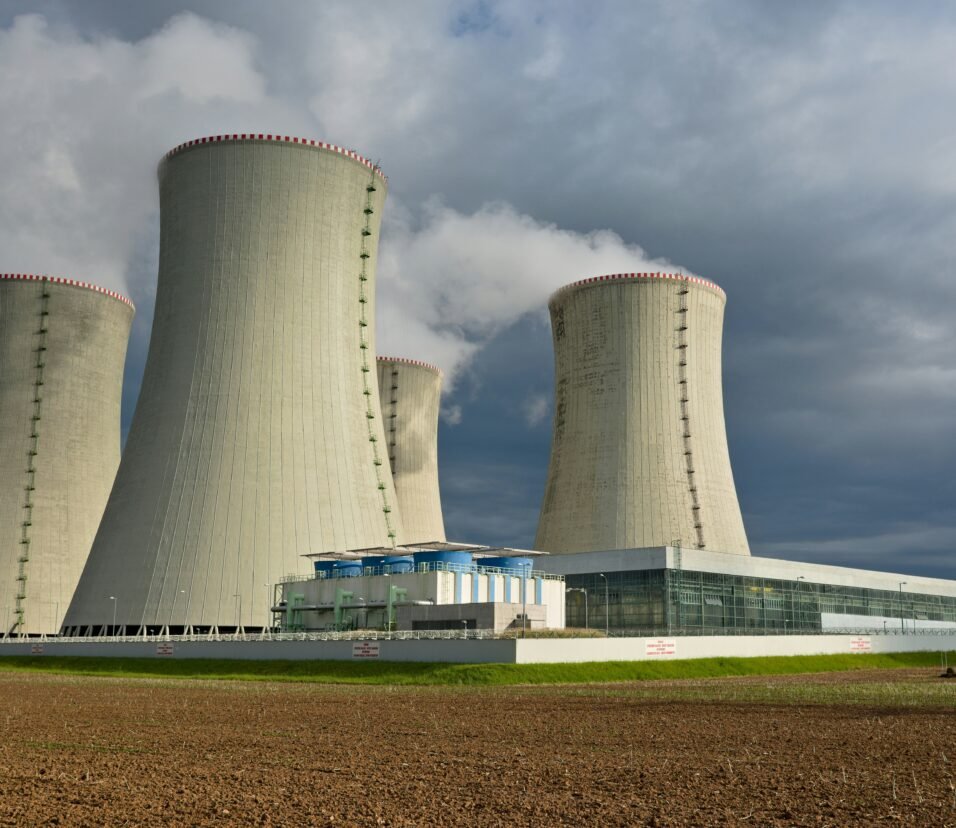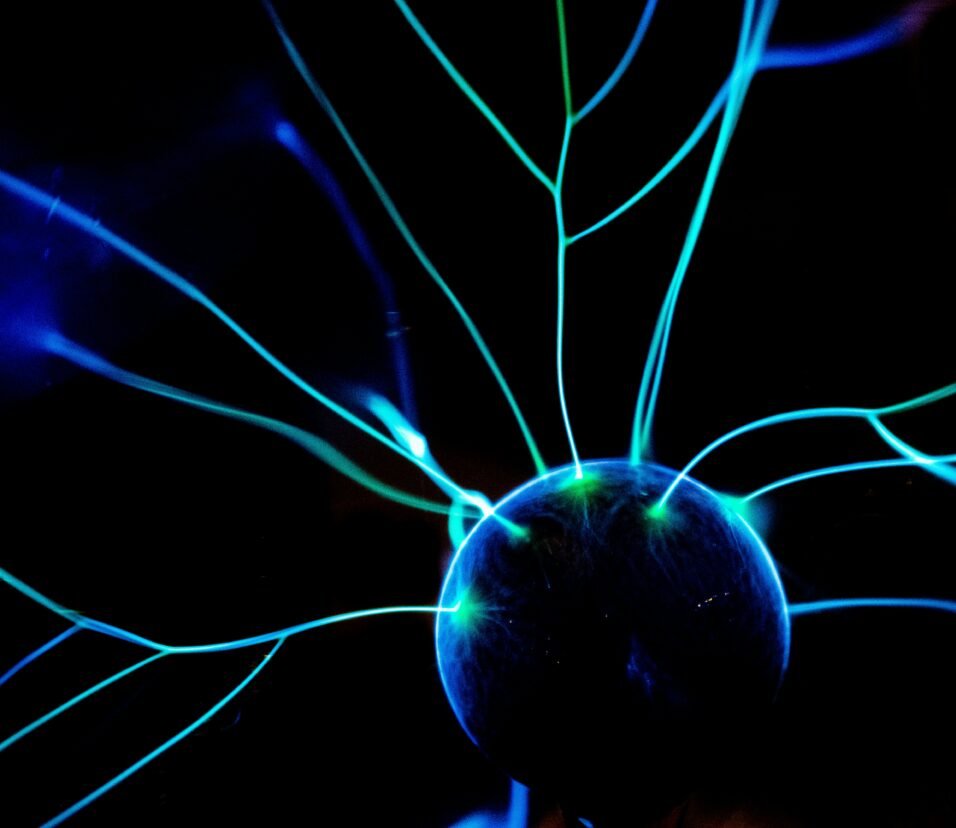Emerging Tech in 2025: The Innovations Shaping Our Future
From AI agents to brain-computer interfaces, 2025 isn’t just an upgrade—it’s a leap into a new era of human-machine integration.
🌐 Introduction: Welcome to the Tech Renaissance
We are living through one of the most transformative decades in human history. Technology in 2025 is no longer just about devices—it’s about intelligence, immersion, and augmentation. From how we work to how we think, emerging technologies are redefining what it means to be human.
In this post, we’ll explore the most exciting and impactful emerging tech trends of 2025—what they are, why they matter, and how they’ll shape our lives in the next five years.
🤖 1. Agentic AI: The Rise of Autonomous Digital Workers
Agentic AI refers to autonomous systems that perform complex tasks without constant human input. Think of AI as your full-time digital employee.
Examples:
- AI that books flights, schedules meetings, and even negotiates deals
- Software agents managing entire workflows in sales, hiring, or design
- Personalized AI tutors or research assistants
Why It Matters:
- Saves time on repetitive tasks
- Opens the door to personalized automation at scale
- Raises new questions about control, ethics, and accountability
🧠 2. Brain-Computer Interfaces (BCIs)
Thanks to companies like Neuralink, NextMind, and Blackrock Neurotech, BCIs are no longer science fiction.
2025 Breakthroughs:
- Non-invasive BCIs for gaming, accessibility, and attention tracking
- Direct neural input for prosthetics and speech synthesis
- Brain-to-text systems that let users type with thought
Challenges:
- Data privacy from inside your mind
- Neural hacking and cognitive overload
- Long-term health effects still under study
🌍 3. Spatial Computing and Mixed Reality
Mixed reality (MR), powered by Apple Vision Pro, Meta Quest 3, and Snap AR, is enabling immersive digital overlays on the real world.
What’s New in 2025:
- Workspaces in spatial environments (no monitors needed)
- Augmented shopping, education, and training
- Full-body avatars and spatial social networks
Implications:
- Redefines how we work, play, and collaborate
- Raises ethical questions around presence, consent, and distraction
🧬 4. Generative Biology & Synthetic Life
Generative AI + bioengineering is unlocking a new era of programmable life.
Innovations:
- AI-designed proteins and enzymes
- Personalized cancer treatments based on DNA synthesis
- Synthetic embryos for research (no sperm or egg needed)
Benefits:
- Faster drug discovery
- Tailored medicine
- Potential to solve food and energy challenges
Risks:
- Bioethics and genetic inequality
- Potential for bioterrorism or unintended mutations
⚡ 5. Quantum Computing: Nearing Practicality
In 2025, quantum supremacy is closer to real-world applications. Companies like IBM, Google, and IonQ are pushing ahead.
Early Use Cases:
- Material simulation
- Optimization in logistics and finance
- Quantum-safe encryption
Why It Matters:
- Will eventually break classical encryption systems
- Could revolutionize energy, medicine, and AI training
- Still a few years from mainstream—but fast approaching
🛰️ 6. Satellite Internet & Edge Connectivity
Thanks to Starlink, OneWeb, and Amazon Kuiper, low-earth orbit (LEO) satellites are making internet access truly global.
2025 Reality:
- Remote areas now online
- Real-time edge data processing on satellites
- Drones, ships, and autonomous vehicles stay connected at all times
Why It Matters:
- Closes the digital divide
- Boosts disaster response, education, and remote work
- Raises concerns about space debris and orbital regulation
💳 7. Decentralized Finance (DeFi) and Programmable Money
Despite market corrections, blockchain tech continues to evolve.
Trends in 2025:
- Central Bank Digital Currencies (CBDCs) launching in 15+ countries
- Smart contracts powering everything from insurance to payroll
- Digital wallets with biometric security becoming the norm
Impacts:
- More financial inclusion
- Lower-cost transactions
- New challenges for regulation, privacy, and fraud prevention
🧠 8. Emotion AI & Digital Empathy
AI that detects and responds to human emotion is improving rapidly.
Current Uses:
- Customer service chatbots with emotional intelligence
- AI mental health companions
- Classroom tools adapting to student frustration or boredom
Ethical Concerns:
- Emotional manipulation for marketing
- Consent and data from facial, vocal, and physiological cues
- Accuracy across cultures and neurotypes
🛡️ 9. Privacy-Enhancing Technologies (PETs)
Tools in 2025:
- Federated learning (training AI without raw data)
- Zero-knowledge proofs (proving something without revealing details)
- Personal AI firewalls to manage what you share with whom
🧠 10. AI + Robotics = Physical Intelligence
2025 Developments:
- Agile robots that can cook, clean, and care for elderly
- Delivery bots navigating sidewalks
- Robot “coworkers” in healthcare, farming, and construction
Benefits:
- Solves labor shortages
- Offers independence to aging populations
- Raises big labor and ethical questions
🧭 Final Thoughts: Are We Ready?
Emerging technologies are accelerating at a pace that outstrips most people’s ability to adapt. The tools of 2025 will shape the economy, democracy, education, and even identity.
The question isn’t whether this tech will change the world—it’s:
✅ TL;DR – Top Emerging Tech Trends in 2025
| Tech | Why It Matters |
|---|---|
| Agentic AI | Automates knowledge work |
| Brain-Computer Interfaces | Bridges thought and technology |
| Mixed Reality | Reinvents interface and presence |
| Generative Biology | Redesigns life at the molecular level |
| Quantum Computing | Unlocks new frontiers in science & security |
| Satellite Internet | Connects the unconnected |
| DeFi / CBDCs | Rewires the global economy |
| Emotion AI | Adds empathy to machines |
| PETs | Reclaims control over personal data |
| Robotics + AI | Brings physical automation mainstream |








